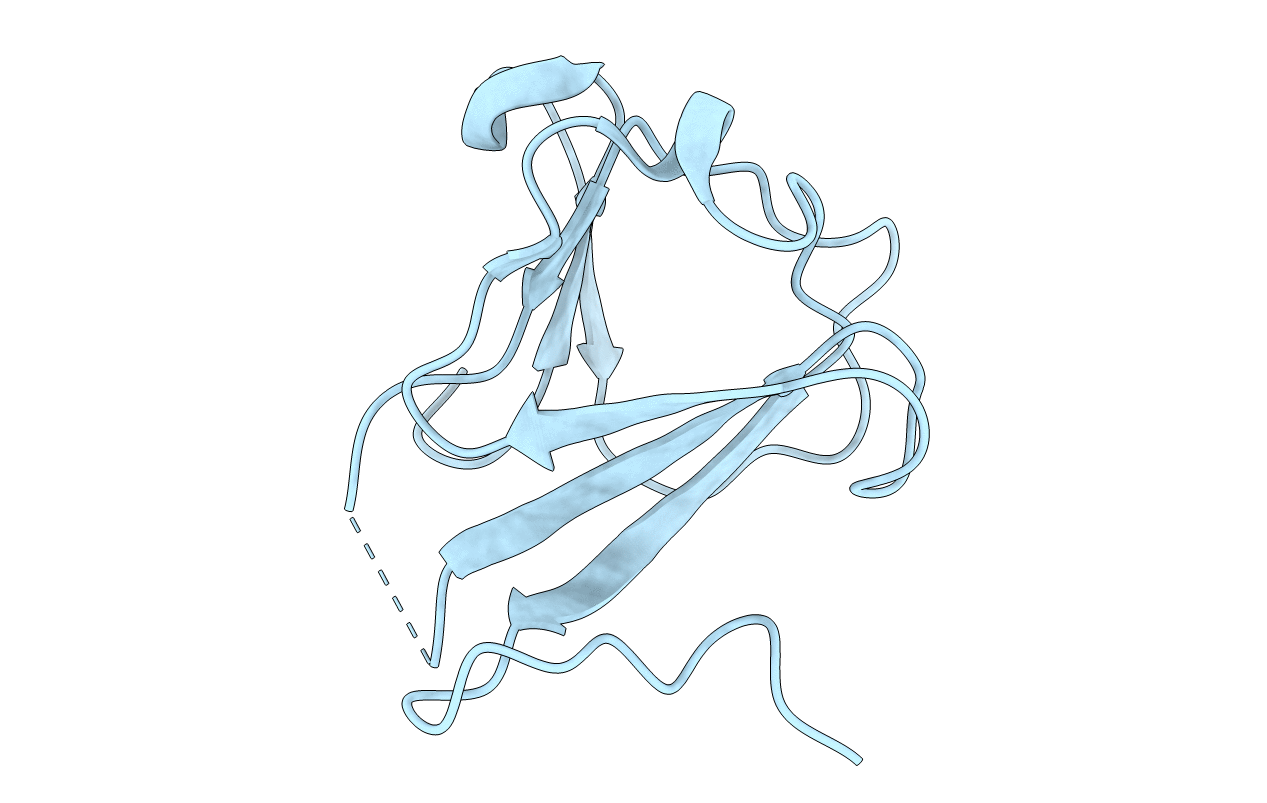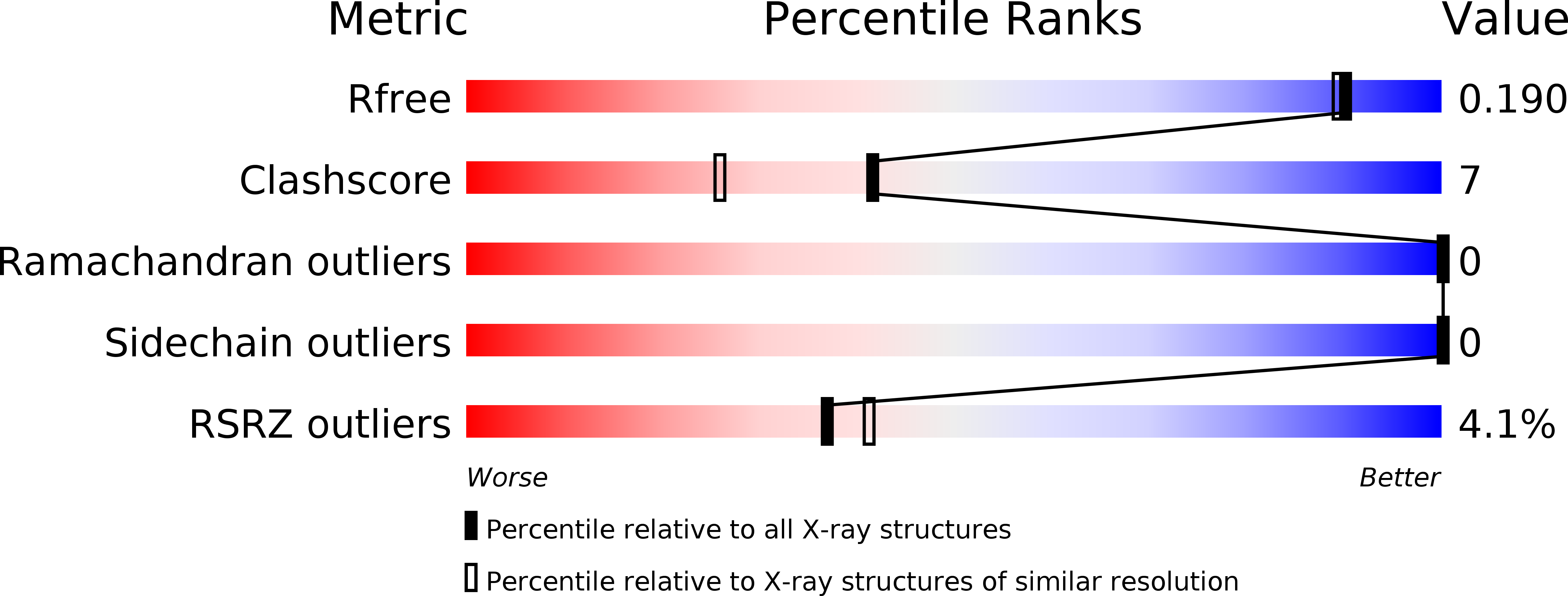
Deposition Date
2012-04-10
Release Date
2013-04-10
Last Version Date
2025-05-07
Entry Detail
PDB ID:
4EL6
Keywords:
Title:
Crystal structure of IPSE/alpha-1 from Schistosoma mansoni eggs
Biological Source:
Source Organism:
Schistosoma mansoni (Taxon ID: 6183)
Host Organism:
Method Details:
Experimental Method:
Resolution:
1.71 Å
R-Value Free:
0.17
R-Value Work:
0.15
R-Value Observed:
0.15
Space Group:
P 61


